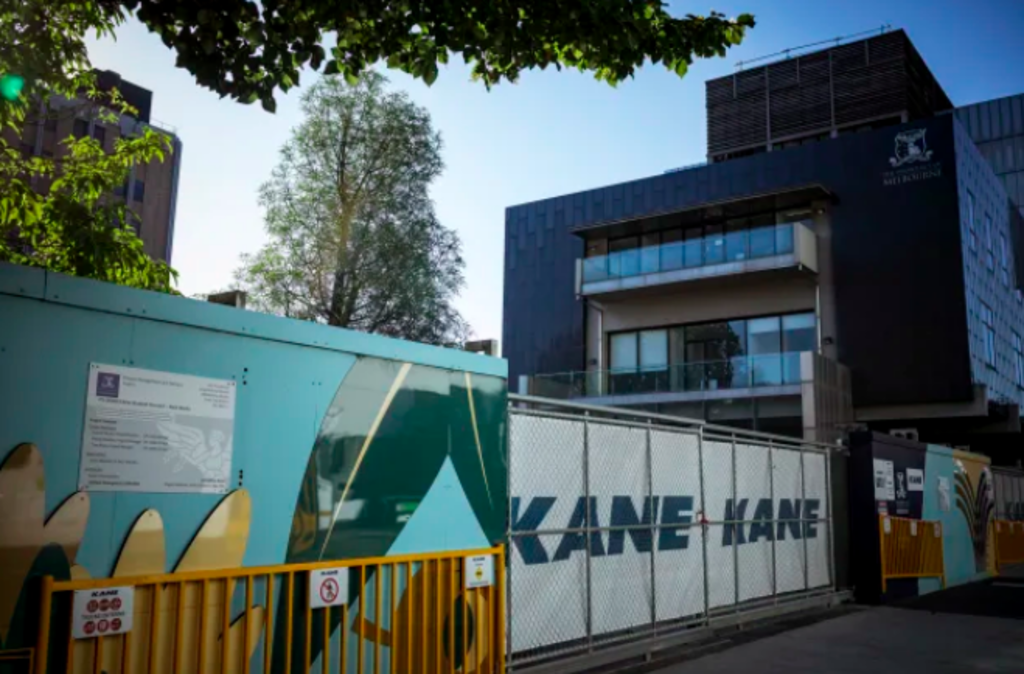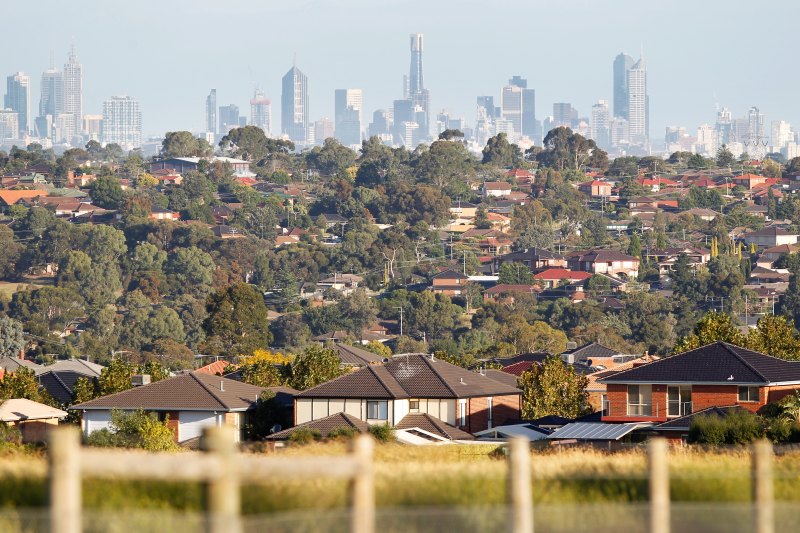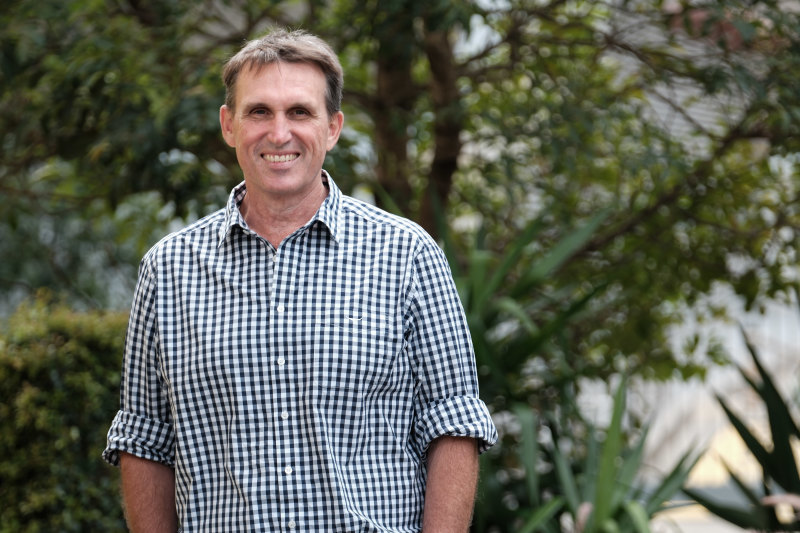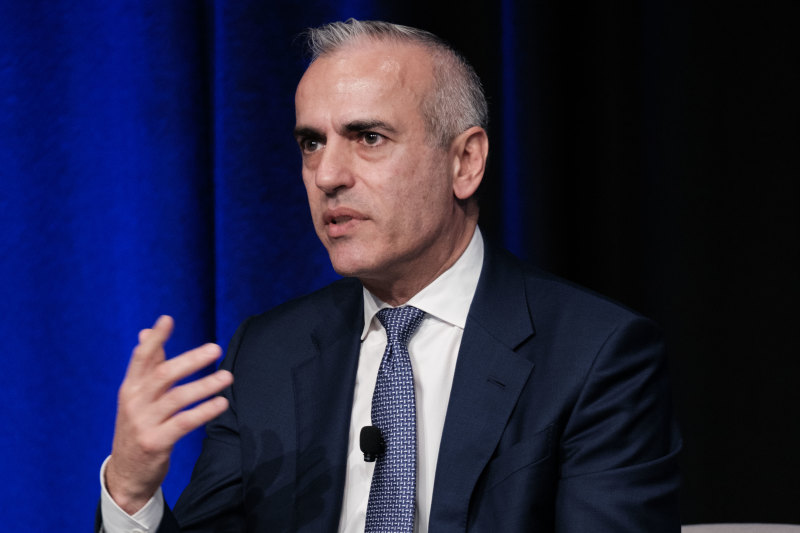
Alarm for industry after COVID-19 case on building site
Building industry efforts to argue for construction sites to stay open amid tightening COVID-19 restrictions have become harder after a worker on the $190 million New Student Precinct project in the heart of Melbourne University’s Parkville campus was diagnosed with the disease.
In the first known case of COVID-19 on a building site in Australia, an employee of a subcontractor on-site at the Kane Constructions project tested positive after returning from overseas.
The head contractor was informed of his illness on Saturday, spent Sunday discussing the matter, and cleaned the site on Monday, said Kane joint managing director Richard Frisina.
“Monday was a rostered day off and we were able to clean,” Mr Frisina told The Australian Financial Review.
“They did a sterile clean of the areas he worked in. We went back to work on Tuesday and addressed the workforce on Tuesday morning. We consulted with the unions. They were comfortable the measures taken and with the processes and guidelines we used, as was our client.”
Victoria, the home state of privately owned Kane Constructions, is widely expected to soon introduce next-level stage three restrictions on people’s movement.
The case at the university’s six-building project weakens the construction industry’s position – a unity ticket of employers and unions – that it can keep functioning while maintaining sufficient measures to curb the virus.
Like any industry facing closure under rapidly tightening regulations, the financial blow for the 1 million people directly employed in Australian construction would be immense.
“Everyone should be clear about what a shutdown would mean, starting with the danger to 312,000 jobs in Victoria and 1.2 million nationally,” Master Builders Australia chief executive Denita Wawn said.
“Our industry accounts for $57.4 billion to the Victorian economy and $213 billion at the national level.”
The shutdown of sites could also trigger a surge of claims and counter claims between builders and their clients that could total as much as $2 billion a month.
However, the risks are also quite clear.
“It’s possible to carry out construction work with precautions which minimise the risk of infection, but it’s not easy,” said Dave Noonan, national secretary of the CFMEU Construction union.
“Social distancing on sites is a constant challenge. I’m not going to pretend in every circumstance everyone is a statutory distance away from each other. But we’ve got to do our best and people in the main are doing our best.”
Even if future rounds of restrictions are applied to building sites, some parts of the sector will need to keep functioning, such as those supporting critical infrastructure and work to reopen shuttered health facilities to help cater for the expected surge in cases of infection.
Mr Frisina said the precautions his company was taking could allow Kane’s work for mainly institutional clients to continue without posing a risk to workers, subcontractors, clients or the wider community.
“We think we can,” he said. “Our plans are sufficient to deal with the current status and we’re ready to adapt if necessary.”
But the industry realises it may have little choice.
“The effects of a blanket shutdown would be severe, long lasting, and should be avoided if possible,” Master Builders Victoria chief executive Rebecca Casson said.
“However, subject to what happens with stage three restrictions, we will continue to follow the advice of the Victorian Chief Health Officer to ensure the safety and wellbeing of our community.”











